Machu Picchu, the iconic Inca citadel, has captivated the hearts and imaginations of travelers worldwide. This ancient wonder, nestled high in the Andes mountains, is a bucket-list destination for many. However, navigating the crowds and high prices can be a daunting prospect, especially for budget-conscious adventurers. Understanding the seasonal fluctuations and alternative trekking options can make all the difference in crafting an unforgettable Machu Picchu experience without stretching your wallet.
This comprehensive guide will explore the best time to travel to Machu Picchu, delving into the pros and cons of the dry and wet seasons, as well as the shoulder months. We’ll also discover budget-friendly trekking routes that offer a more immersive and wallet-friendly journey to this Inca marvel. By the time you finish reading, you’ll have the knowledge and tools to plan your Machu Picchu adventure without breaking the bank.
Navigating the Seasons: Balancing Weather, Crowds, and Prices
Machu Picchu’s tourism and pricing are heavily influenced by two main seasons: the dry season and the wet season. Each offers a unique set of advantages and challenges for budget-conscious travelers.
Dry Season (May to September)
The dry season is known for its stunning weather and vibrant landscapes, drawing in a surge of visitors and higher prices.
Pros:
- Ideal conditions for hiking and exploring the ruins, with clear skies and comfortable temperatures.
- The opportunity to witness the breathtaking scenery of the surrounding Andes mountains.
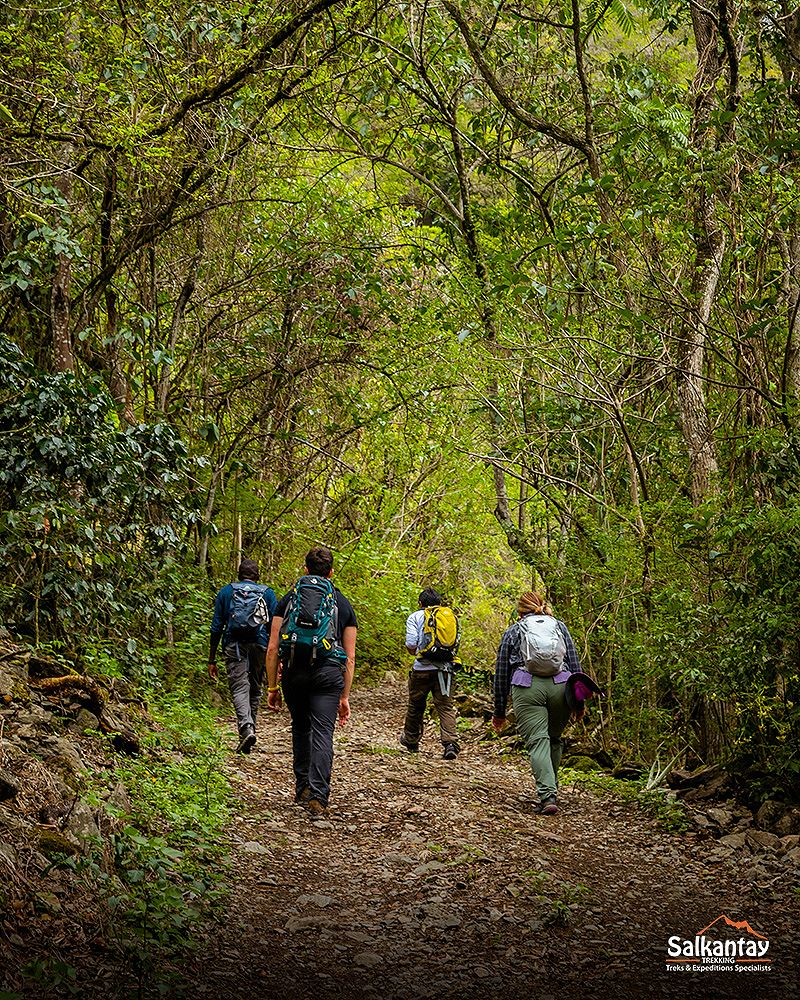
Cons:
- Overcrowded trails and popular spots, as this is the peak tourist season.
- Significantly higher prices for accommodations, tours, and transportation.
While the dry season offers the best weather, the influx of crowds and inflated costs can be a significant hurdle for budget travelers. Consider exploring the alternative months to enjoy a more peaceful and affordable experience.
Wet Season (November to April)
The wet season presents a different set of circumstances, with unpredictable weather but fewer crowds and lower prices.
Pros:
- Significantly fewer tourists, leading to a more serene and intimate experience.
- Discounts of up to 30% on hotels and tours compared to the peak season.
- The lush, green landscapes and a mystical atmosphere created by the fog and rain.
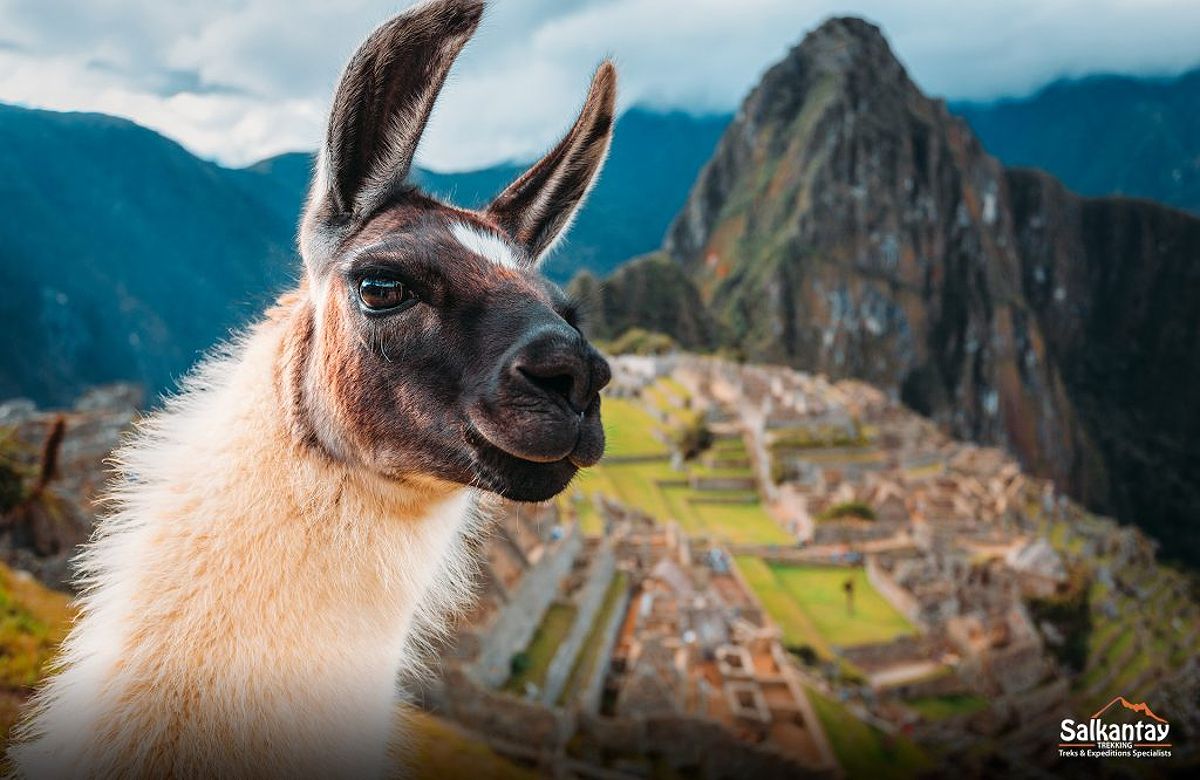
Cons:
- Occasional site closures due to weather-related issues, such as landslides.
- Challenging hiking conditions, with slippery trails and the potential for heavy rainfall.
For budget-conscious travelers, the wet season can be an excellent time to visit Machu Picchu. The lower prices and reduced crowds can outweigh the weather-related challenges, especially for those willing to embrace the unpredictable conditions.
Shoulder Seasons (March-April & October-November)
The shoulder seasons offer a balance between the dry and wet seasons, providing a comfortable middle ground.
Pros:
- Fewer crowds compared to the high season, with lower prices for accommodations and tours.
- Pleasant weather conditions, with a mix of sunny days and occasional rain.
- The opportunity to enjoy the vibrant landscapes without the extreme weather of the wet season.

Cons:
- Some unpredictability in weather, with a chance of rain, especially in March.
- Potential for increased crowds and higher prices as the peak season approaches.
Traveling during the shoulder seasons can be an excellent compromise for budget-conscious adventurers. You’ll enjoy a more peaceful experience while still benefiting from favorable weather and lower costs.
The Best Time to Travel to Machu Picchu
If you’re looking to maximize your Machu Picchu experience on a budget, a few months stand out as particularly wallet-friendly.
February
Key Feature: The Inca Trail is closed for annual maintenance, leading to fewer hikers and lower prices.
Pros:
- Significantly fewer visitors, resulting in lower prices for accommodations and tours.
- The opportunity to explore the ruins at a leisurely pace, with a more serene atmosphere.
- The chance to enjoy the lush, green landscapes after the previous wet season.
Cons:
- Increased rainfall and the potential for site closures due to weather-related issues.
Despite the rainy weather, February is often considered one of the best months to visit Machu Picchu for budget travelers. The reduced crowds and lower prices can outweigh the challenges posed by the wet conditions, especially for those willing to embrace the mystical atmosphere.
November and December
Key Feature: These months serve as transition periods between the dry and wet seasons.
Pros:
- Fewer crowds and lower prices compared to the peak season.
- Lush and vibrant scenery, as the wet season begins to set in.
- Discounts on accommodations and tours are more common.
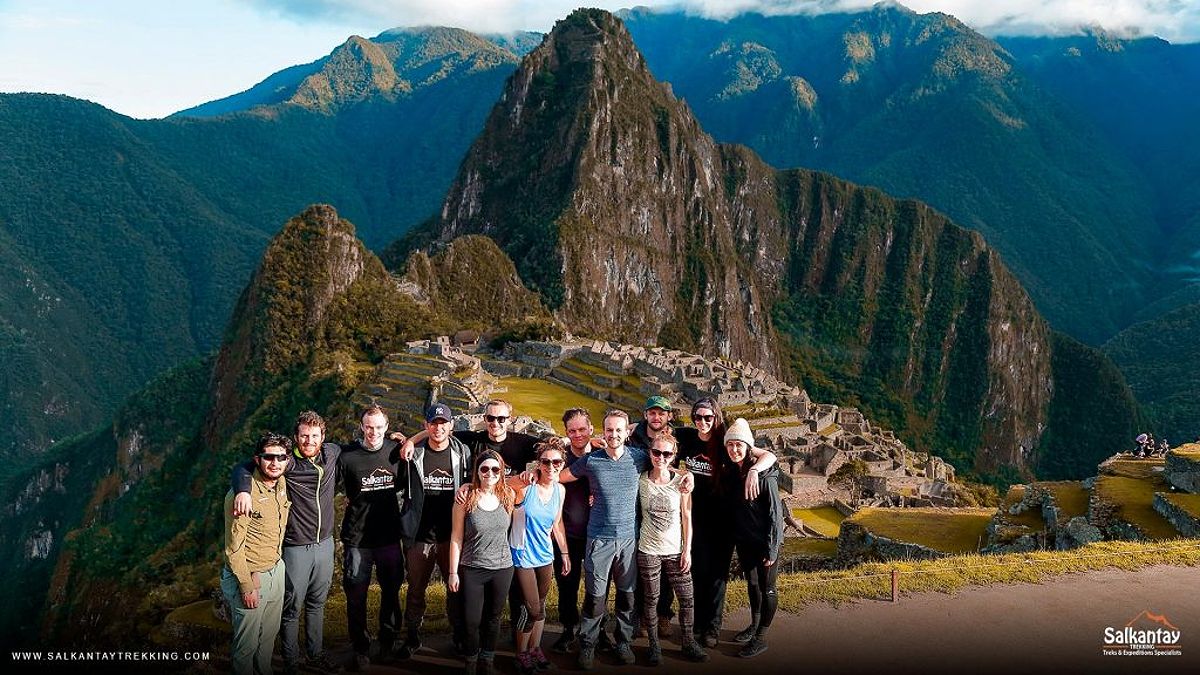
Cons:
- Unpredictable weather, with the potential for increasing rainfall as the wet season approaches.
Traveling in November and December can provide a budget-friendly experience, allowing you to enjoy the best of both worlds — fewer tourists and reasonable prices. Be prepared for fluctuating weather conditions and have a flexible itinerary to make the most of your trip.
March and April
Key Feature: These shoulder season months offer a balance between weather and crowds.
Pros:
- Fewer crowds compared to the high season, and prices remain lower.
- The landscapes are still lush and vibrant from the previous rains.
- The weather is generally pleasant, with a mix of sunny days and occasional showers.
Cons:
- There is still a chance of rain, particularly in March, requiring flexibility and preparedness.
March and April can be an excellent choice for budget travelers, offering a more peaceful experience without sacrificing the stunning scenery. With some advance planning and a willingness to adjust your itinerary, you can enjoy a memorable Machu Picchu adventure during these shoulder season months.
Alternative Trekking Routes for Budget Travelers
While the iconic Inca Trail is a popular choice, it can also be one of the more expensive options. Fortunately, there are several alternative trekking routes that provide budget-friendly experiences with fewer crowds.
Salkantay Trek
Route: This stunning alternative takes you through a diverse landscape, including snow-capped mountains, lush rainforests, and charming local villages. The trek typically spans 5 days and covers around 74 kilometers (46 miles).
Pros:
- Less crowded than the Inca Trail, offering breathtaking scenery and unique experiences at a more affordable price.
- A chance to explore a variety of ecosystems, from the high Andes to the cloud forests.
- The opportunity to interact with local communities and learn about their traditional way of life.
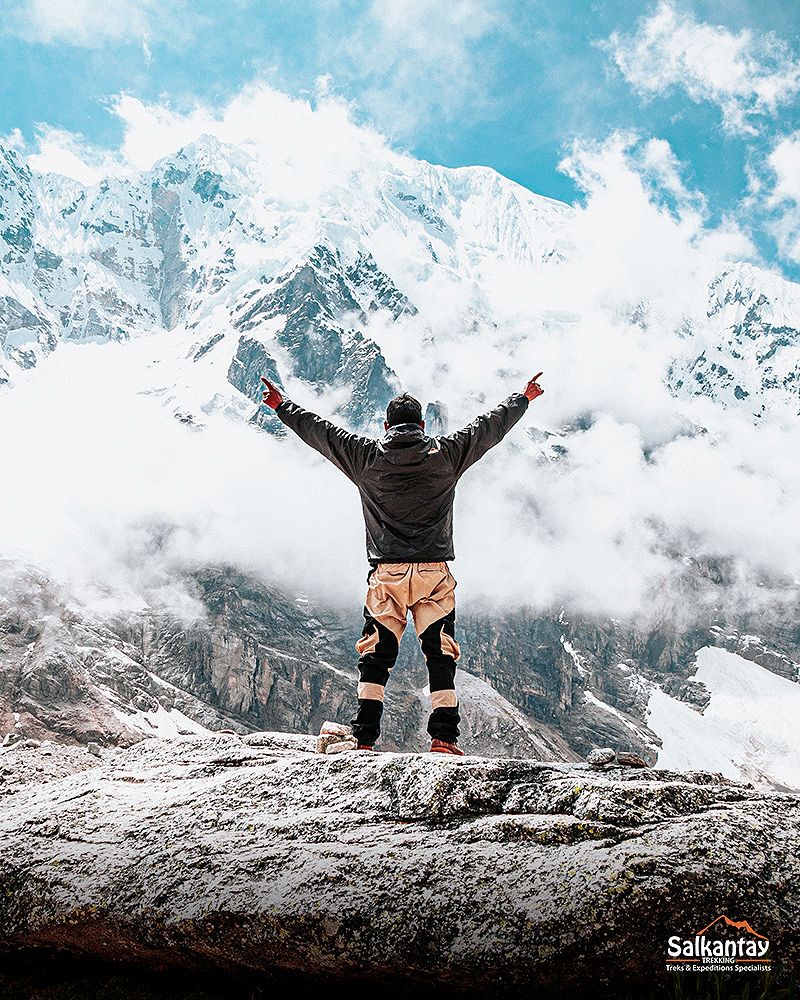
Cons:
- The trek is longer and more physically demanding, requiring a higher level of fitness.
- Unpredictable weather conditions, with the potential for rain and cold temperatures, especially at higher elevations.
The Salkantay Trek is an excellent option for adventurous travelers seeking a more immersive and budget-friendly journey to Machu Picchu. By opting for this alternative route, you can enjoy the stunning natural landscapes while avoiding the crowds and high prices of the Inca Trail.
Lares Trek
Route: This trek winds through picturesque Andean villages, allowing for meaningful interactions with local communities. The Lares Trek typically spans 3 to 4 days and covers about 33 kilometers (20 miles).
Pros:
- Offers an immersive cultural experience, with fewer tourists compared to the Inca Trail.
- A great choice for those interested in learning about local traditions and lifestyles.
- A less physically demanding option, making it suitable for families or travelers seeking a more relaxed trekking experience.
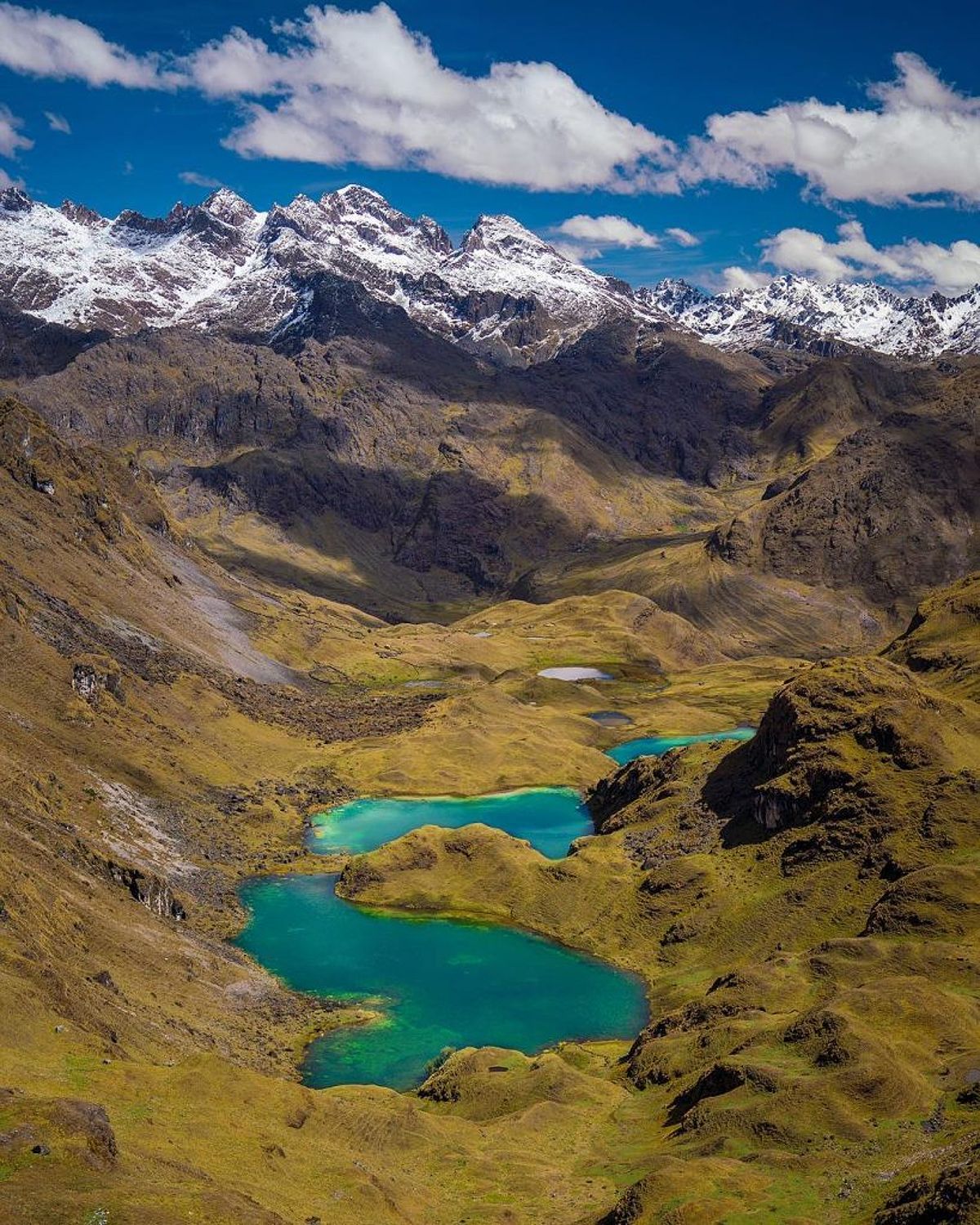
Cons:
- While less physically demanding, the Lares Trek may not offer as many dramatic landscapes as other routes.
- The accommodation options may be more basic, catering to the local community rather than high-end tourist amenities.
For travelers interested in cultural immersion, the Lares Trek provides a unique perspective on local life while leading you to the iconic Machu Picchu. This route offers a budget-friendly alternative to the more popular Inca Trail, with the added benefit of a more intimate and authentic experience.
Choquequirao Trek
Route: This challenging trek leads to the impressive archaeological site of Choquequirao, often referred to as the “sacred sister of Machu Picchu.” The trek usually takes about 4 to 5 days and covers approximately 62 kilometers (39 miles).
Pros:
- Considerably less crowded than Machu Picchu, offering a unique and remote experience with stunning views of the Andes.
- The opportunity to explore the expansive terraces and intricate stonework of Choquequirao, a lesser-known Inca wonder.
- A more budget-friendly option compared to the Inca Trail, as the site is less developed and touristy.
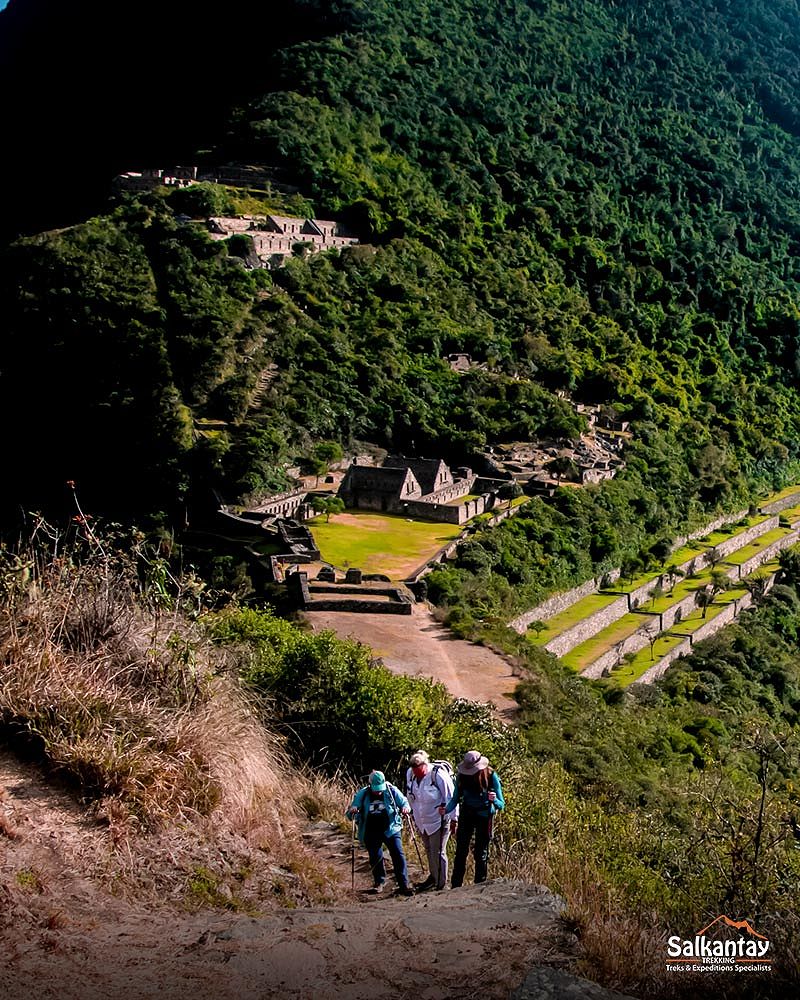
Cons:
- It requires more time and preparation, making it suitable for more adventurous and physically fit travelers.
- The trek is steep and physically demanding, with challenging ascents and descents that may not be suitable for everyone.
For those seeking a more off-the-beaten-path adventure, the Choquequirao Trek presents an unforgettable journey to a lesser-known Inca site at a lower cost. This route offers a unique opportunity to explore a breathtaking archaeological wonder while avoiding the crowds and high prices of Machu Picchu.
Tips for Saving Money on Your Machu Picchu Trip
In addition to timing your visit, there are several practical strategies to help you save money on your Machu Picchu adventure:
Accommodation:
- Book accommodations in advance, especially during peak seasons, to secure better rates. Many hotels and hostels offer discounts for early bookings.
- Explore budget-friendly options in Aguas Calientes, the town at the base of Machu Picchu, where prices can vary significantly.
Transportation:
- Take the bus from Cusco to Ollantaytambo, followed by a train to Aguas Calientes, as a more affordable option compared to private transfers or taxis.
- Consider booking transportation tickets in advance to get the best deals.
Food & Drinks:
- Pack your own snacks and drinks to avoid pricey purchases at the site.
- Explore local markets and budget-friendly restaurants in Aguas Calientes for authentic and affordable meals.
Activities:
- Take advantage of free activities, such as walking tours or visiting local markets in Aguas Calientes, to enrich your experience without extra costs.
- Consider hiking to nearby waterfalls or exploring the natural beauty surrounding Machu Picchu for budget-friendly adventures.
Group Travel:
- Look for group tours or package deals that cover multiple attractions to maximize your savings. Many tour operators offer discounts for larger groups.
By employing these tips, you can enjoy your Machu Picchu experience without stretching your budget too thin. Strategic planning and a willingness to explore alternative options can lead to a more rewarding and budget-friendly journey.
Additional Insights
As you plan your Machu Picchu adventure, there are a few additional insights to consider:
Inca Trail Permits: The Inca Trail requires a permit, which should be booked well in advance, especially during the peak season. If you’re set on this iconic route, be sure to secure your permit early to avoid disappointment.
Cultural Considerations: When traveling to Machu Picchu and the surrounding areas, it’s essential to respect the local culture and traditions. Engage with the Andean communities with sensitivity and an open mind, and be mindful of your impact as a visitor.
Travel Insurance: Investing in travel insurance can provide valuable protection against unexpected events, such as flight cancellations, medical emergencies, or trip interruptions. Consider purchasing a policy to give you peace of mind during your Machu Picchu adventure.
FAQ
Q: What are the cheapest ways to get to Machu Picchu?
A: The most budget-friendly option is to take a bus from Cusco to Ollantaytambo, followed by a train to Aguas Calientes, the town at the base of Machu Picchu. This route offers beautiful scenery along the way and can be significantly more affordable than private transfers or taxis.
Q: Are there any free activities in Machu Picchu?
A: Yes, there are several free activities you can enjoy in the Machu Picchu area. Explore the town of Aguas Calientes, visit local markets, and hike to nearby waterfalls for a refreshing experience without incurring any fees.
Q: What are the best budget-friendly restaurants in Aguas Calientes?
A: Some popular budget-friendly options in Aguas Calientes include Chez Maggie, Toto’s House, and Café Inkaterra. These eateries offer delicious local cuisine at reasonable prices, allowing you to sample authentic Peruvian flavors without breaking the bank.
Q: Is it necessary to book tickets to Machu Picchu in advance?
A: Yes, it is highly recommended to book your Machu Picchu tickets in advance, especially during peak season, as they can sell out quickly. Securing your entry ahead of time will ensure you don’t miss out on this incredible site.
Q: What should I bring for my visit to Machu Picchu?
A: Be sure to pack comfortable walking shoes, a refillable water bottle, sunscreen, a hat, and a light rain jacket. If you’re planning to hike, consider bringing snacks and a small backpack to carry your essentials.
Conclusion
Machu Picchu is a bucket-list destination for many travelers, but navigating the crowds and high prices can be a significant challenge, especially for budget-conscious adventurers. By understanding the seasonal variations, exploring alternative trekking routes, and employing practical money-saving strategies, you can plan an unforgettable Machu Picchu experience without breaking the bank.
Whether you choose to visit during the off-season, shoulder seasons, or embark on a lesser-known trek, there are numerous ways to enjoy the magic of this ancient citadel on a budget. Start mapping out your Machu Picchu adventure today, and let the allure of this remarkable destination captivate you!
